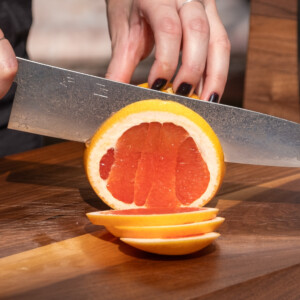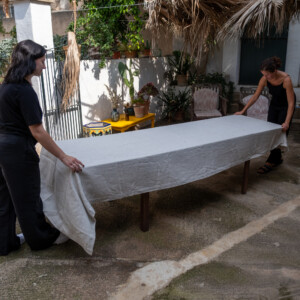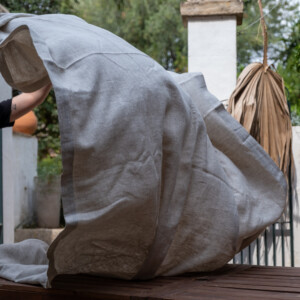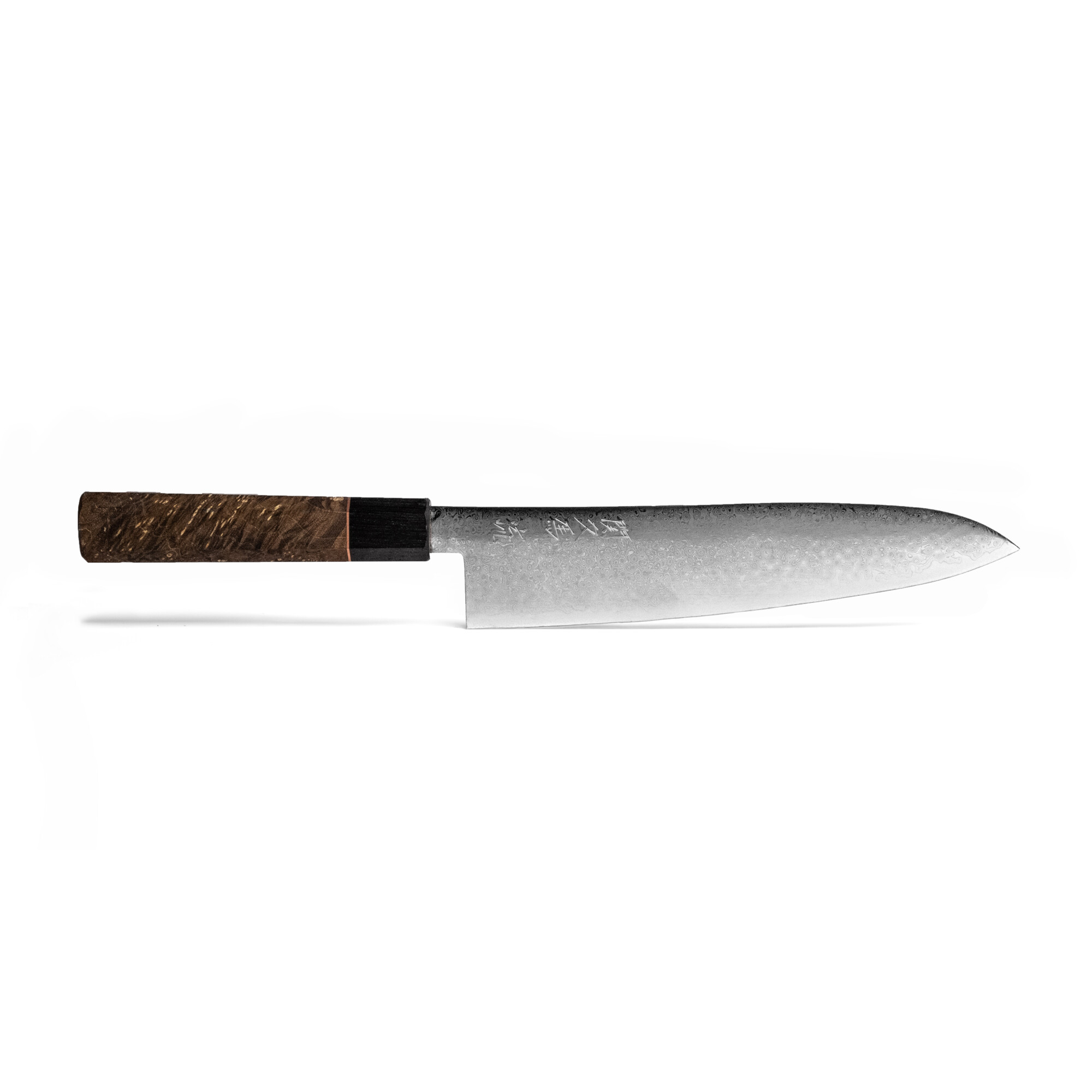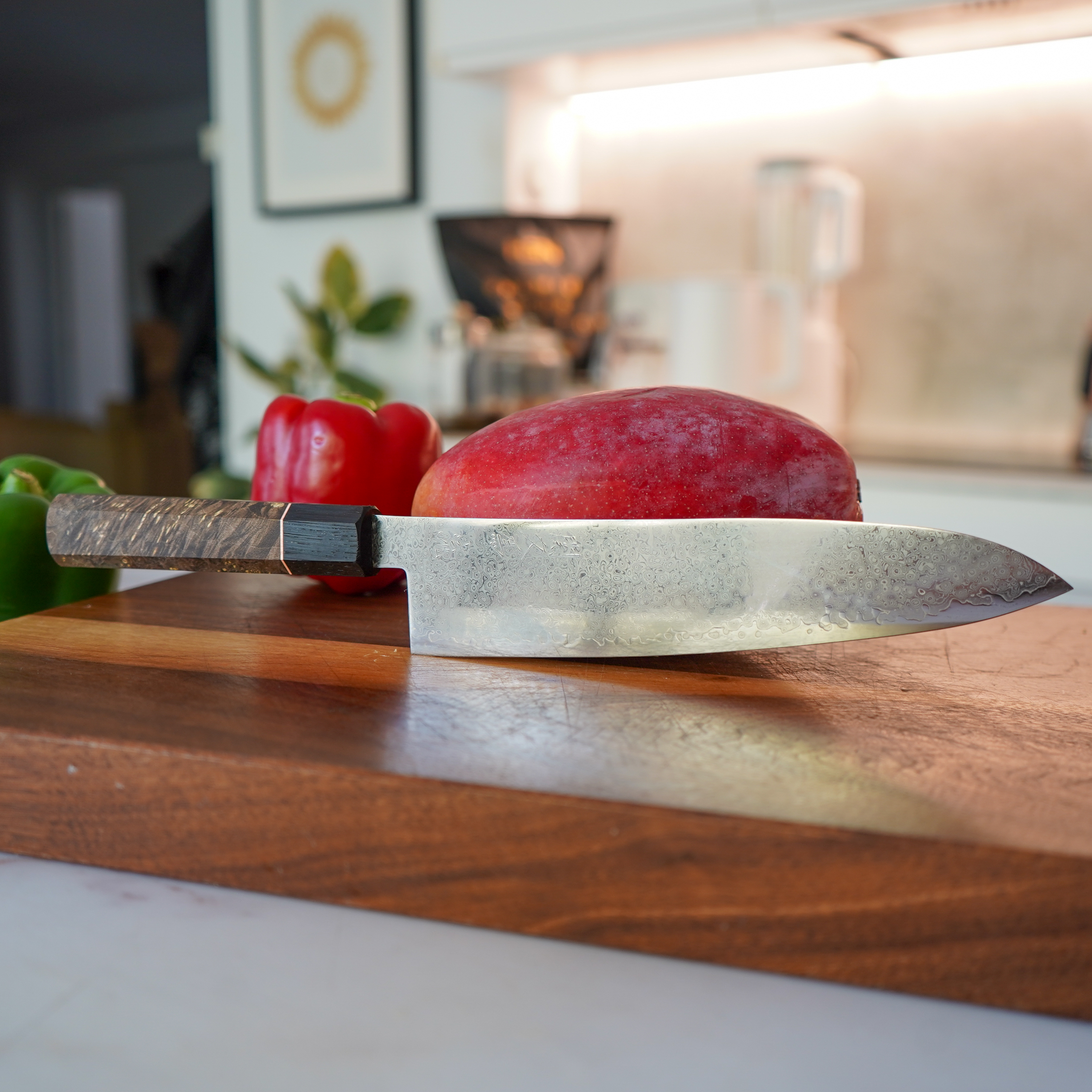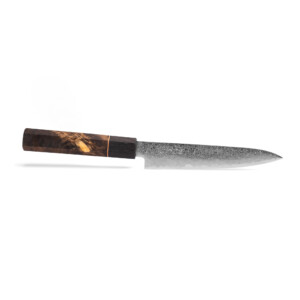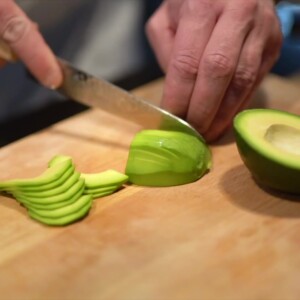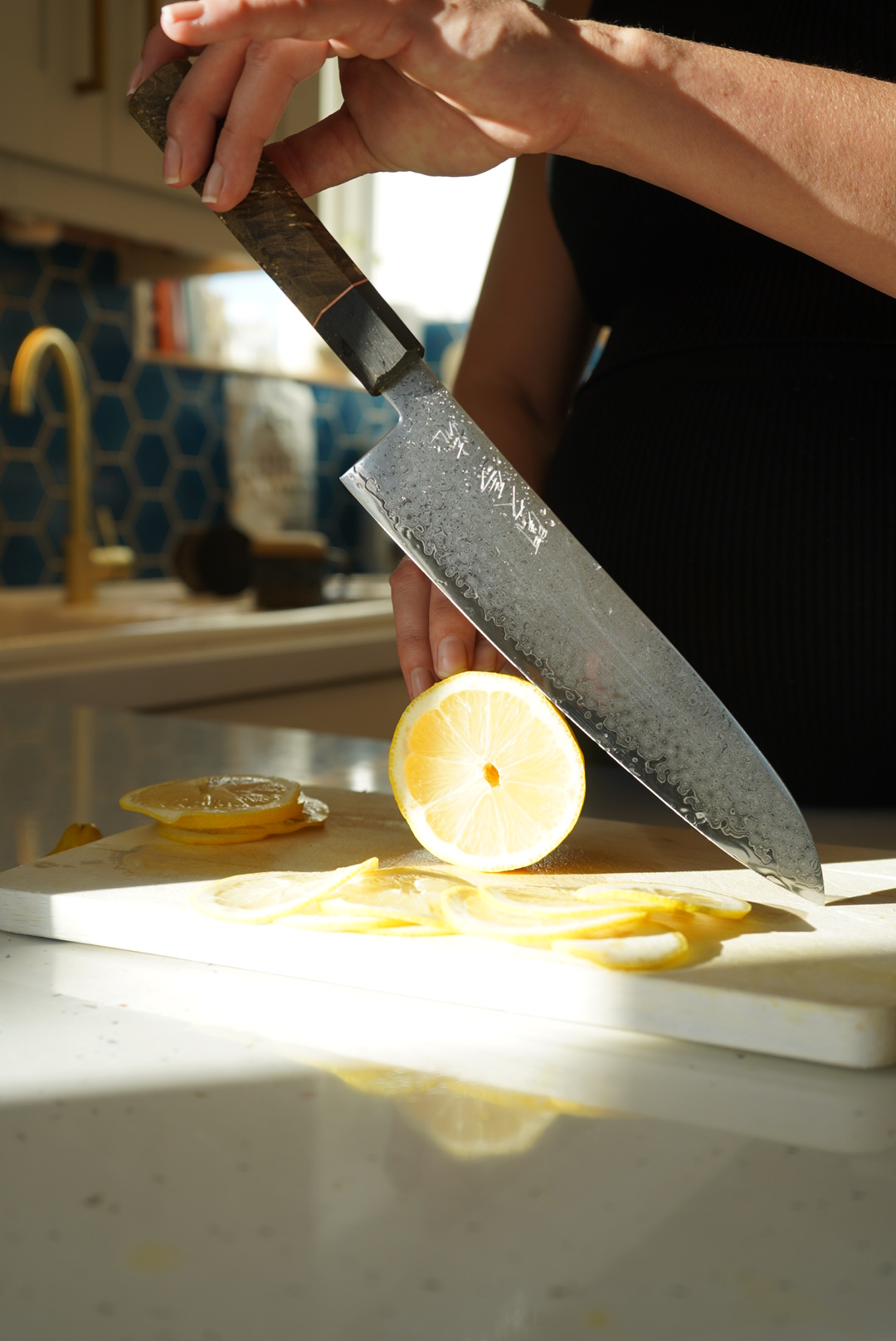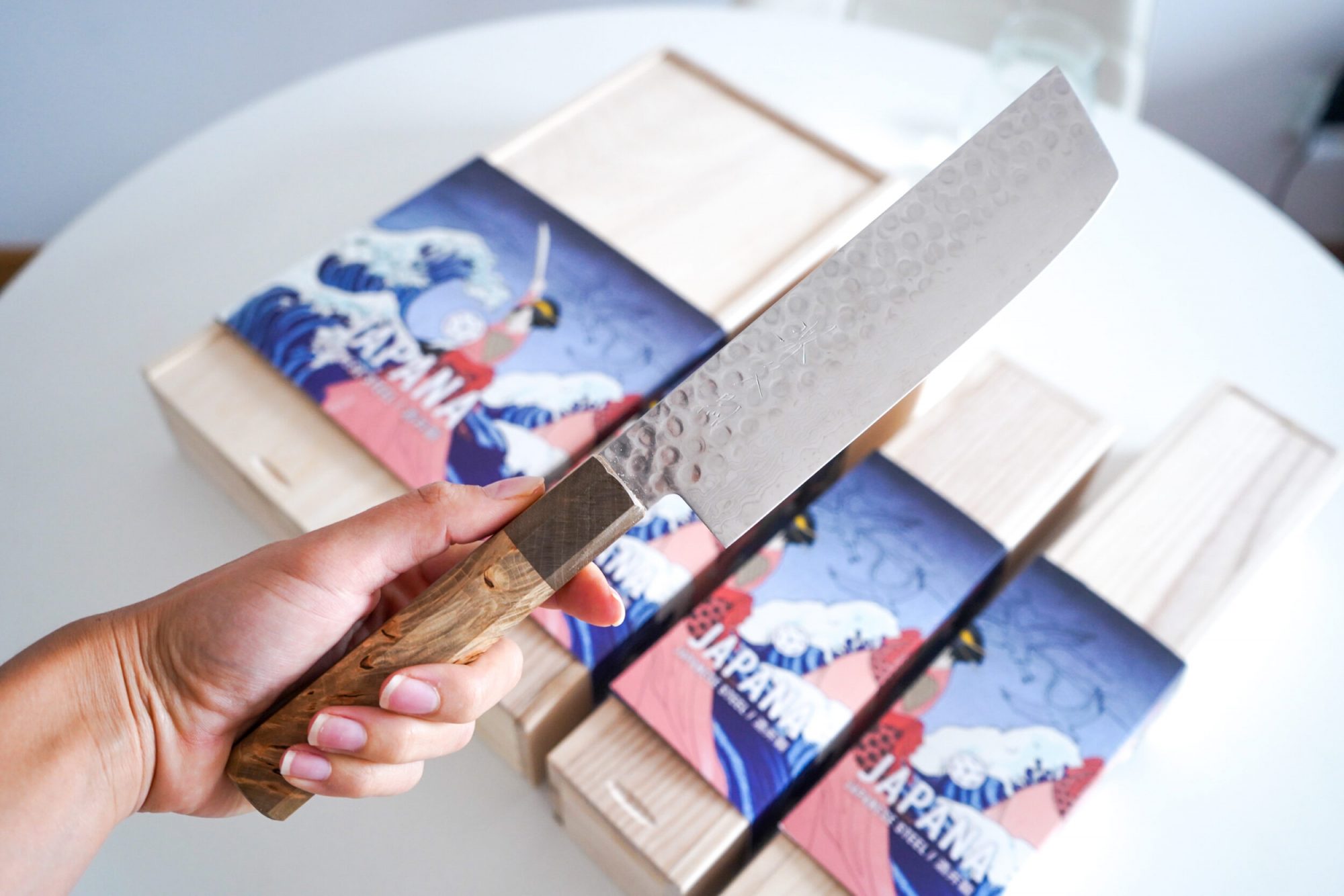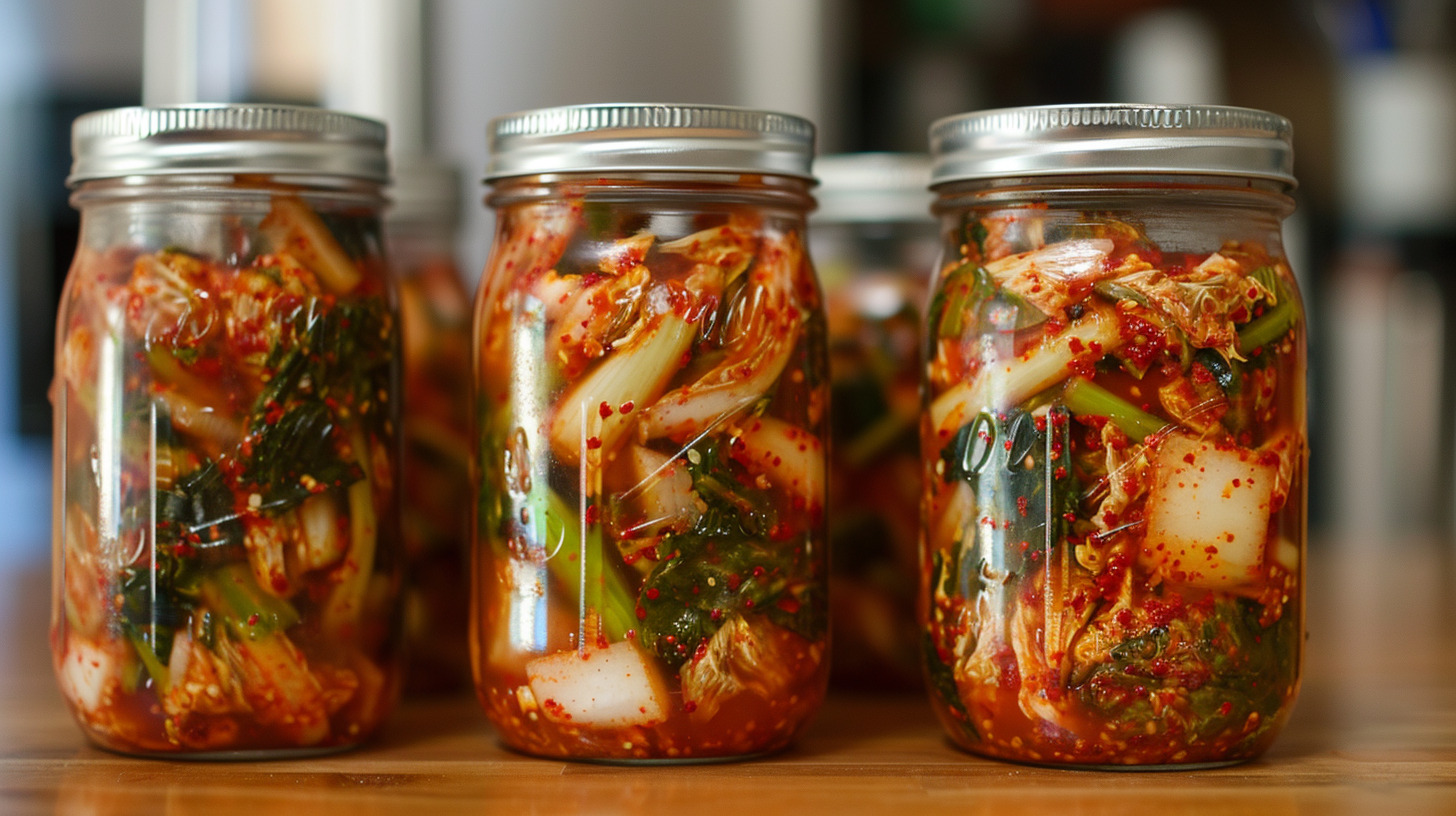The true story behind the insanely scary yet cute souvenir
Many of you have seen Daruma, these scary yet cute traditional Japanese dolls, which in Japan has become a symbol of perseverance and luck. But outside Japan, not many people know of its history, or what hides behind its goofy look and how it can be used as a talisman.
Imagine you’re visiting Japan and you want to bring some souvenirs for your friends and family. You don’t want the usual so you avoid the usual alcohol – sake or whisky, magnets and keychains with pictures of famous landmarks, or the very popular but a little cliché multi-flavours of KitKat that can’t be found back home. Suddenly a cute, red, round doll in one of the shops’ windows catches your attention. You stumbled upon one of the most iconic, yet misunderstood Japanese items you can find – the Daruma Doll.
You can take home this cute doll and display it on a shelf, or give it as a present. Remember though, that its appearance might be deceiving, as it represents a deity, has a rich heritage, long history and a quite disturbing origin.

The Daruma has been modeled after Bodhidharma, a monk said to be the founder of Zen Buddhism. He seems to have lived between the 5th and 6th centuries CE, although his origins are shrouded in mystery. Most of the accounts documenting his life are mixed with legends, making the tracking of Bodhidharma’s pilgrimage from the “Western Regions” (possibly central Asia) a very hard, if not impossible task.
During his travels, Bodhidharma stopped for a time in a Shaolin monastery in China, founding the famous homonymous martial art. He then continued his journey until he decided to settle in a cave and meditate.
This is where the history of the Daruma (after Bodhidharma’s Japanese name) begins.
The monk became a wall-gazer. The legend goes that he meditated, eyes to a wall, in a seated position for nine years, without breaks, and without closing his eyes, except once, after seven years. He was so furious at himself for what he perceived as lack of discipline, that he sliced his own eyelids off, so to prevent himself from ever sleeping again. As the eyelids touched the ground, they sprouted green tea plants. This legend is one of the reasons behind Buddhist monks often drinking green tea to stay awake.
On top of self-mutilation, the legend says that Bodhidharma suffered the loss of his arms and legs as they fell off his body, as a consequence of his long immobility. Art and folklore depicting Bodhidharma show him almost exclusively displaying these characteristics, which is why the Daruma dolls, in all its aspects, symbolise Bodhidharma’s position and features. Everything about the Daruma’s design has deep roots and meaning, down to the smallest details, making this doll much more profound in symbolism, than a simple household item.
Features of Daruma Dolls

When you look at Daruma doll eyes, one of the most noticeable features is their blank glance. These dolls do not have pupils, but they present large white circles where the eyes would be. This design stems from the legend of Bodhidharma removing his own eyelids. A more prominent explanation suggests that such design derives from the fact that, in the past, those who wanted the god residing in the doll to help them achieve their goals would vow that they would give Daruma its eyesight if the god helped them succeed in their plans.
Facial hair is another characteristic feature of the doll. The beard and eyebrows painted on the doll are meant to reproduce Bodhidharma’s facial features, but they do not serve a merely aesthetic purpose. In fact the eyebrows are shaped to look like cranes, and the beard like turtles. These two animals often represent longevity in Japanese culture (as well as in the rest of East Asia). Crafters started applying these shapes on the Daruma to refer to the Japanese proverb “The crane lives 1000 years, the turtle 10,000”.
And lastly, the body; the Daruma presents no legs or arms, as a reminder of Bodhidharma losing his limbs in his quest to reach enlightenment through self-sacrifice and meditation, but there is more to that. The original dolls were designed to be impossible to tip over. Tilting them would always result in the Daruma swinging back into its upright position. The Daruma is a talisman of fortune and luck, but more importantly perseverance. One asking for the help of this god, acknowledges the importance of sacrifice in the face of adversity. For this reason the doll serves as a reminder, that no matter how many times one could get knocked down, one must always endure and stand back up, in order to achieve a goal. Strongly connected to this ideology and to the Daruma itself is the Japanese expression nanakorobi yaoki, which loosely translates into “seven times down, eight times up”.
On the midsection you see a kanji letter meaning “luck”, “fortune”, “perseverance”, or similar word. This is a reflection of the reason for which the doll was acquired. Sometimes, people write their wish, or goal, on the doll itself, maybe to constantly remind themselves, or to inform the god in a more “official” manner.
Nowadays we can find these dolls decorated in all sorts of colours, each one of them signifying a different auspice. Yet, the reasons behind the choice of the colour of the Daruma are interesting, but convoluted, and hard to find consensus on. For example, in Japan, the colour gold is linked to money and fame; black is meant to ward off bad luck; green symbolizes health and wellbeing. Yet, these colour-theme associations are drawn from a myriad of different beliefs, superstitions, and legends, all of which come together to form a collective reason.
One thing that is certain, though, is that to this day the most common colour used for the Daruma is red, and originally it was the only colour. For centuries scholars tried to grasp the motivation behind this choice of colour, but even today it proves to be unclear. One of the reasons might connect to Bodhidharma, who, given his Buddhist background may have worn red robes. Similarly, monks today use robes of the same colour. Other theories refer to the supernatural powers of red and its connection to the gods.
Another legend runs that its staple red colour may have originated from a period of devastating smallpox outbreaks across Asia. In Japan, not knowing how to fend off such a “curse” sent by a vengeful god, people started wearing red garments, thinking that this colour could please the smallpox god and would have helped in repealing the illness. By the same token, people would decorate their doors and houses with red ropes, in an attempt to block the illness from accessing their spaces.
Yet, this theory would not explain why, victims of smallpox would be often wrapped while ill, and in death, with red drapes, as portrayed in the book Shipwreck by Akira Yoshimura. According to some research, some people actually believed the opposite – that the god of smallpox didn’t like the colour red, to the point, that people believed that he might transferred the curse with which he afflicted people, from the victim to the drape tinted in what for him was such an infuriating hue.
Throughout history, Daruma dolls were believed to be able to ward off illness, and help with recovery, and great part of this ability was associated to the colour red, but no one was ever able to give a universally accepted reason as to why.
How Daruma Changed Over Time

The history of the Daruma dates back to the 17th Century. It was local farmers in the city of Takasaki, in the Gunma prefecture, that crafted the first version of these dolls as charms, to be blessed by monks. Since the farmers’ livelihood depended heavily on luck and nature’s whim, they devised this superstitious trick to help them in their harvest. In the span of just a few decades, the practice of using the Daruma spread across professions and regions.
As often tradition goes, the history and origin of the Daruma doesn’t carry the same weight it used to. Its colours are not the only thing that has changed. One of the biggest changes that occurred is that of its representation as female dolls, the so-called Princess Daruma, and Lady Daruma.
While these interpretations gave life to images such as Hello Kitty and Miffy as a Daruma, assuming that these changes happened in modern times would be wrong. In fact the first and most drastic spins on the image of the god happened during the Edo Period in Japan (1603-1868), shortly after the dolls were first introduced.
During that time, a strong separation of social classes occurred. Merchants were often placed at the bottom of the ladder, which forced them to create a sort of micro-society for themselves. Among many other things, they gave life to the female representations of the Daruma. This was probably intended to protest the establishment, which always portrayed Bodhidharma as a masculine, strong figure. Paintings of Bodhidharma as a woman became more common, while more and more satirical associations to the god became every-day events. The Daruma ability to stand up no matter how many times one would lay it down, was associated to prostitutes and their tendency to do the same. Phallic depictions of Daruma also became more commonplace until, the original shape and the satirical ones were almost on par with each other in number and use.
How to Use a Daruma Doll

If the grim history and legends behind the Daruma have not yet scared you off, but rather made you more curious, you might want to learn just how to use this talisman for luck. No matter if you are a believer, the figure has a mix of supernatural and psychological powers when it comes to setting and staying on track with goal realisations. So how it works? Upon purchase, the doll is missing its eyes. You think of a clear goal you want to reach, and then paint one eye in one of the blank white circles, asking for help to god. Each time you look at it, the doll will keep reminding you of your goal until you reach it. Once done, you would then paint the second eye, giving the god its eyesight back as a thank you for helping you.
You need to remember that Daruma rewards sacrifice and unwavering force of will. Another legend goes that Bodhidharma was the one who refused to help another monk who wanted to become his apprentice, until the young pupil decided to demonstrate his determination by cutting off his own arms.
If you want to follow the traditional ways, then one year after purchasing the Daruma, you should return it to the temple from where you obtained it and burn it, regardless of whether you succeeded in what you wished for. There is even a ceremony called daruma kuyo or dondoyaki in several temples across Japan, during which huge piles of Daruma are burnt at the same time (but these are not the only occasions during which you can burn them).

Originally, the beneficial effect of the doll was believed to expire after one year. After this span of time, the doll needed to be burned in order to free the god. This process is not meant to be interpreted as giving up on one’s goals. On the contrary, it’s imagined as a renewal of one’s vow.
Making a Daruma Doll
The Daruma are crafted with a special kind of hand-made papier-mâché called washi. The making of washi is very labour intensive and in Japan, it’s considered an art of its own. The sheets are extremely resilient and are crafted from fiber, vats, and a limited amount of chemicals, through a process of beating (often by hand) and drying in the sun, or on heated plates. All Daruma are handmade and hand-painted, so no two dolls have the exact same design.
The production of Daruma dolls is an almost exclusive the place of its birth – the city of Takasaki, in Gunma Prefecture (north of Tokyo). The town produces over 80% of all the dolls distributed in Japan. From here, the dolls reach every corner of the country, and can be purchased in every city (or online).

Daruma in Modern Japanese Culture

Very much like among farmers (and later, all kinds of businesses) in the past, it is not uncommon, even today, to see a Daruma doll decorating a restaurant, a karate dojo, a store, or a home. Its size could also give an idea of the magnitude of one’s wish, since its believed that the larger the doll, the bigger the aspiration of the person who acquired it.
The use of Daruma, though, is not limited to business, or a few private households. Across centuries the doll has gained a privileged place in Japanese culture and now it tends to appear in various situations. Politicians, for example, often carry with them their own dolls during interviews, speeches, and addresses, particularly during the election period. Like everyone else who obtains a Daruma, they have a wish, and pledge to repay the god with eyesight should he grant it to them. Arguably, this also dips into a cultural belief in Japan, through which a politician may be showing his determination and commitment to the country and its people through the symbolism embedded with the Daruma.
Common Questions About Daruma Dolls

Buying Daruma for a gift
If you already have a Daruma doll that brought you luck and now you’d like to give that opportunity to someone else by painting the eyes blank again, according to our Japanese correspondents, “recycling” a daruma doll would not bring bad luck to a recipient, but as it is a personalised object, so it should belong to just one person. The analogy in Western culture might be akin to going to a wishing well, removing a coin someone else had tossed, wishing on it, and tossing it back in.
Strictly speaking, a daruma doll is about your own achievement and most Japanese would likely not consider “resetting” or “recycling” one. If a daruma doll has brought you good luck toward your achievement, let someone else experience the same feeling with their own, new daruma doll.
You should not also make a wish for someone else using your daruma doll. As a daruma doll is intended for a wish about something achievable for you, it would typically not be used for a hopeful outcome for someone else. That said, close family members may use a daruma as a kind of omamori amulet and, for example, wish for a good score on a school entrance exam or similar.














